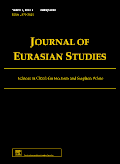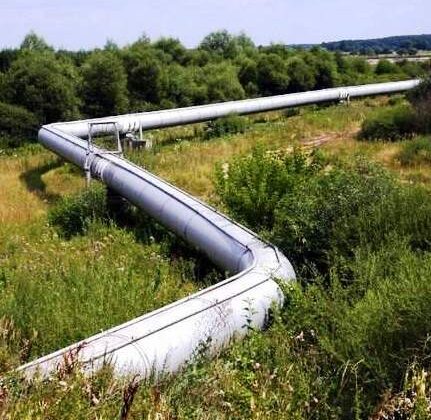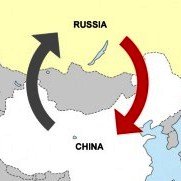The tools available to the Russian leaders shape the way they pursue their goals. In general terms, Russia seeks to expand its political influence abroad and maximize profits from its energy sales. In seeking to achieve these objectives, Russia has a limited toolbox available to it, putting tight constraints on what it can do.
As Russia continues to "use energy as a weapon," revisiting this 2011 article may be useful for both scholars and policymakers: "A limited toolbox: Explaining the constraints on Russia’s foreign energy policy," by Robert W. Orttung and Indra Overland, Journal of Eurasian Studies, Volume 2, Issue 1, January 2011, Pages 74–85.
——
Abstract
Explanations of Russia’s foreign energy policy typically focus on major events, such as the gas conflicts with Ukraine, and argue that these events represent simplistic patterns of behavior, reflecting the policy-makers’ emphasis on politics, commercial gain, corruption, or ad hoc opportunism. This analysis goes beyond these explanations to argue that the Russian leadership pursues a rational set of political and economic goals in its foreign energy policy, but that it is constrained in its efforts by the set of tools available to it. To understand the resulting patterns of behavior, it is necessary to devote more analytical attention to Russia’s foreign policy tools and their limits. The article draws on a new dataset of Russia’s policy tools in 31 energy conflicts with 20 countries from 2000 to 2010. These conflicts are defining moments in Russia’s foreign policy because they put to the test the toolkit that Russia has assembled to impose its will on a counterpart. The study finds increased use of transit pipelines, generally decreased use of subsidies and persistent use of efforts to purchase assets in foreign countries, cutoff pipeline supplies, and attempts to use energy to achieve specific political goals. By emphasizing the tools that Russian policy-makers use to conduct policies, the article provides a more nuanced analysis of the capacity and limits of Russian foreign energy policy than is currently available.
——
Full article PDF











